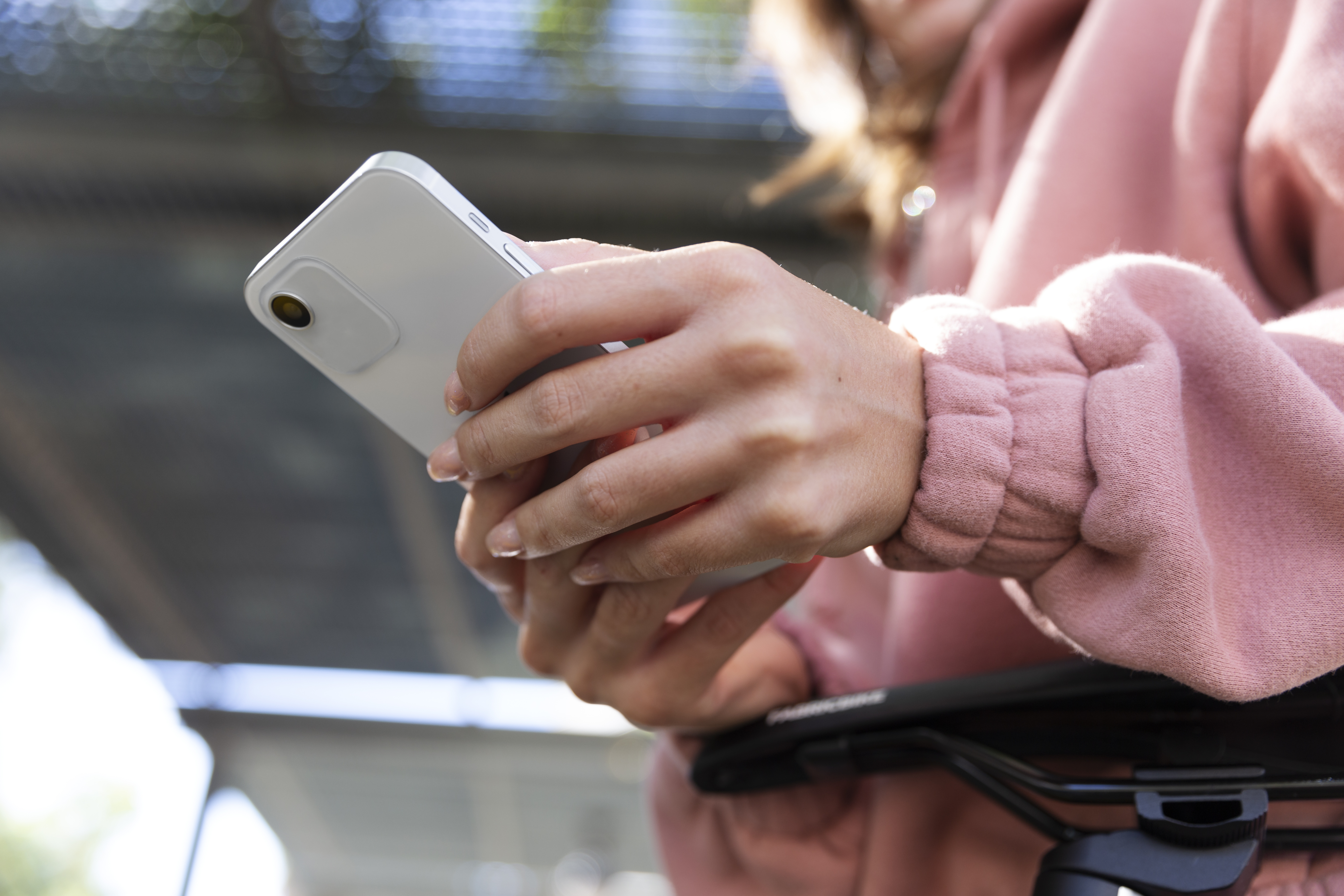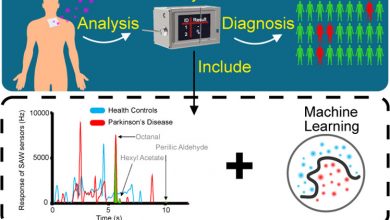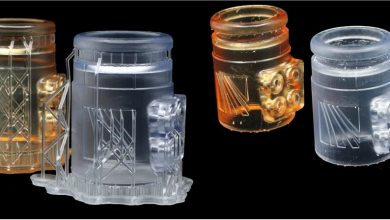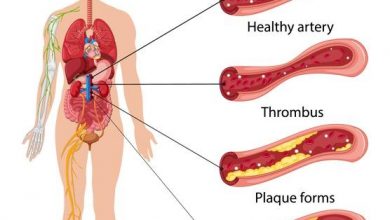Smartphone-Based Self-Testing of COVID-19 Using Breathing Sounds
Telemedicine could be a key to control the world-wide disruptive and spreading novel coronavirus disease (COVID-19) pandemic.


The COVID-19 virus directly targets the lungs, leading to pneumonia-like symptoms and shortness of breath with life-threatening consequences. Despite the fact that self-quarantine and social distancing are indispensable during the pandemic, the procedure for testing COVID-19 contraction is conventionally available through nasal swabs, saliva test kits, and blood work at healthcare settings. Therefore, devising personalized self-testing kits for COVID-19 virus and other similar viruses is heavily admired.
Many e-health initiatives have been made possible by the advent of smartphones with embedded software, hardware, high-performance computing, and connectivity capabilities. A careful review of breathing sounds and their implications in identifying breathing complications suggests that the breathing sounds of COVID-19 contracted users may reveal certain acoustic signal patterns, which is worth investigating.
Acquiring respiratory data solely from breathing sounds fed to the smartphone’s microphone strikes as a very appealing resolution. The acquired breathing sounds can be analyzed using advanced signal processing and analysis in tandem with new deep/machine learning and pattern recognition techniques to separate the breathing phases, estimate the lung volume, oxygenation, and to further classify the breathing data input into healthy or unhealthy cases.
The ideas in this review present a potential to be deployed as self-test breathing monitoring apps for the ongoing global COVID-19 pandemic, where users can check their breathing sound pattern frequently through the app.
Authors: Miad Faezipour and Abdelshakour Abuzneid
Image source: Technology photo created by freepik – www.freepik.com
Digital Olfaction 2022 Annual Meeting
November 29-30, 2022 – Tokyo, Japan & Online
www.digital-olfaction.com




